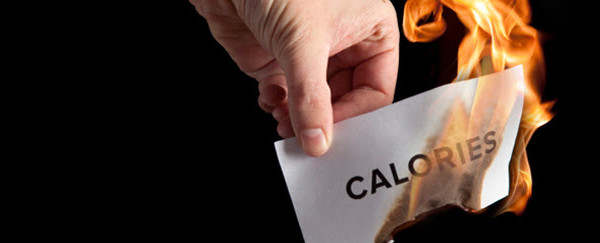Guide to creating a nutritional plan
There are tons of different diets out there and while most of them will result in weight-loss when properly executed, many of them actually make losing weight harder than it needs to be. I have literally read thousands of studies and tried various diets to find the best one. My conclusion at this point is that there is no such thing as a “best diet”. There’s only a “best diet for you”. What I mean is that many diets are efficient at causing weight loss, but picking the best one is something only you can do based on your lifestyle and goals. Possibly the best diet for you hasn’t been written down yet. That’s why I recommend trying things for yourself and always looking at the underlying principles of a diet rather than blindly following its rules. With this in mind, you should note that everything you’re about to read are meant as guidelines only, based on my personal experience. You will want to experiment to see what works for you.
Since the only good diet is a diet you will stick to, it needs to be tailored to your body, lifestyle and preferences. Many people seem to try new diets for a few weeks, perhaps they’ll lose a few pounds and then they return to their old habits. Why? Usually because the new diets require a lot of time and effort to adhere to because they’re not tuned specifically to your needs. For a diet to work, it should be simple, convenient and personalized to your gender, age, body type, metabolism, work schedule, workout schedule, goals, preferences and last but not least, your sense of taste. You should enjoy eating the foods you select to be part of your diet. Otherwise, unless you’re extremely disciplined, you probably won’t stick to your diet in the long run. When I say long run, I mean years or even decades, not a few weeks or months.
Steps to creating a nutritional plan
- Defining how many calories you require based on your basal metabolic rate and activity level.
- Selecting a diet methodology and defining your distribution of macro-nutrients: protein, carbohydrates and fat.
- Finding foods and recipes suited for your schedule and personal taste to reach your daily caloric and nutritional goals.
- Scheduling meals and workouts based on your schedule to achieve optimal nutrient uptake and hormonal response.
- Deal with cravings and maintain a healthy social life by allowing cheat meals periodically.


